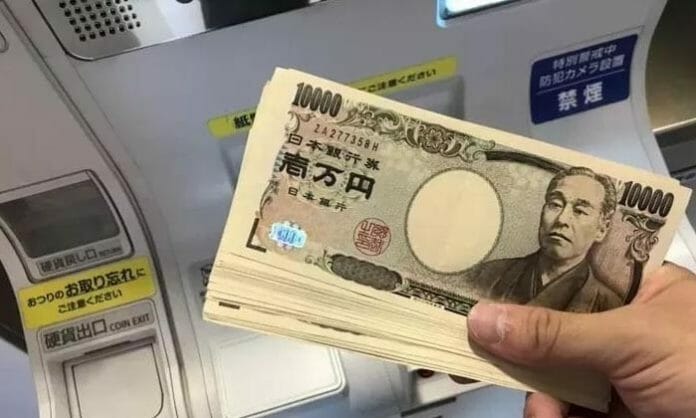The current USD/JPY exchange rate sits at 150.8 as of Feb 14, 2024, just below the recent peak of approximately 152. As the USD/JPY nears the 152 thresholds, marking its lowest point since the multi-decade lows observed in October 2022, it becomes imperative to reassess my strategy.
In my view, the risk of substantial currency weakness disrupting price stability can no longer be overlooked by the Bank of Japan (BoJ). Since 110, I observe considerable buying activity in government bonds (GBs), but the looming question is whether the BoJ will opt to abandon the 10-year JGB yield target. The persistence of NIRP (Negative Interest Rate Policy) and ongoing bond purchases suggest a continuing easing stance, at least for the time being.
Contrary to expectations, recent meetings have highlighted positive sentiments regarding wage and price trends, indicating a gradual shift in Japan towards a realm where overall inflation expectations rise, and price norms evolve. While the ability of corporations to raise wages in 2024 remains uncertain, positioning for a potentially larger inflationary environment could prove beneficial for retail investors.
The risk of further depreciation in the JPY might prompt the BoJ to reconsider policy revisions, especially considering the volatility in FX rates mentioned during the July meeting. Despite nominal interest rate differentials not being the sole determinant of FX rates, the spread between US and Japanese interest rates appears to reassure dollar buyers and yen sellers. However, the depreciation of the yen, while advantageous for exporter earnings, poses challenges with increased outflows of domestic income through rising import costs.
Attempting to predict currency market shifts can be precarious, but technical indicators suggest the yen is oversold. A potential sharp upward movement, like the one observed in 2008, could occur when technical factors dissipate. Recent breaches of the 150 level against the US dollar may trigger intervention by the Bank of Japan, marking the weakest level since the early 1990s.
Despite ongoing bets on the wide US-Japan rate spread, it’s essential for traders to remain vigilant. Local unloading of foreign bonds is impacting the JPY basis, but foreign investors are paradoxically balancing the front end of the JPY curve. As we navigate these dynamics, our prediction of suppressed spot FX prices aligns with the slowing downward pressure on GBs.
In essence, staying attuned to policy changes, market dynamics, and the BoJ’s strategies will be instrumental in navigating the evolving landscape of the USD/JPY exchange rate.
Market commentary and analysis from Luca Santos, currency analyst at ACY Securities









